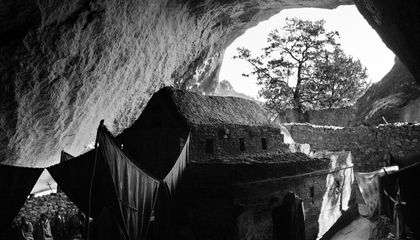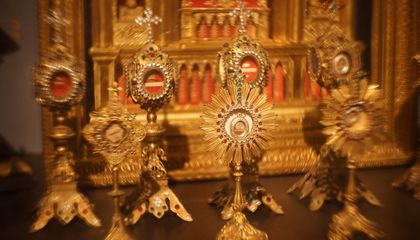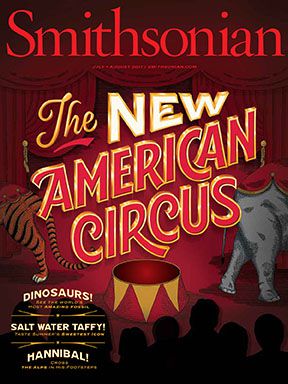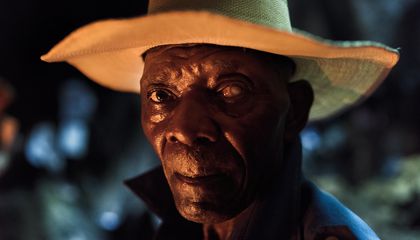Even secular scientists insist that human nature includes a “faith instinct.” They are not affirming the existence of a deity but, rather, making a point about evolution: Communal religious practices, first created tens of thousands of years ago, would prove so advantageous for social reasons that the tendency to wonder and worship became ingrained in our makeup. Religion’s origins, the biologist E.O. Wilson has written, “run deeper than ordinary habit and are in fact hereditary, urged into birth through biases in mental development encoded in the genes.” Whether the yearning is inborn or divinely inspired, most of us today, about 84 percent of the 7.3 billion people on earth, are affiliated with a religion, according to the Pew Research Center. And 2.3 billion, or nearly a third, by far the greatest amount, are Christian. That reality led us to this Portraits of Faith portfolio, which offers keen visual testimony to the power of belief over time. “Between Heaven and Earth” highlights an ancient Christianity practiced in the remote highlands of Ethiopia. “The Saints of Pittsburgh” captures the contrast of past and present in an American parish. “In the Theater of the Sacred” takes us to Haiti to observe adherents of Vodou; though the belief system is not Christian, it incorporates tenets of the Christianity imposed on Haitians centuries ago. Sometimes religions evolve, too.
Explore the Timeless World of Vodou, Deep Within the Caves of Haiti

A Legendary Photographer Visits an Isolated Christian Community in Ethiopia

A Pittsburgh Church Holds the Greatest Collection of Relics Outside of the Vatican

Subscribe to Smithsonian magazine now for just $12
This article is a selection from the July/August issue of Smithsonian magazine





